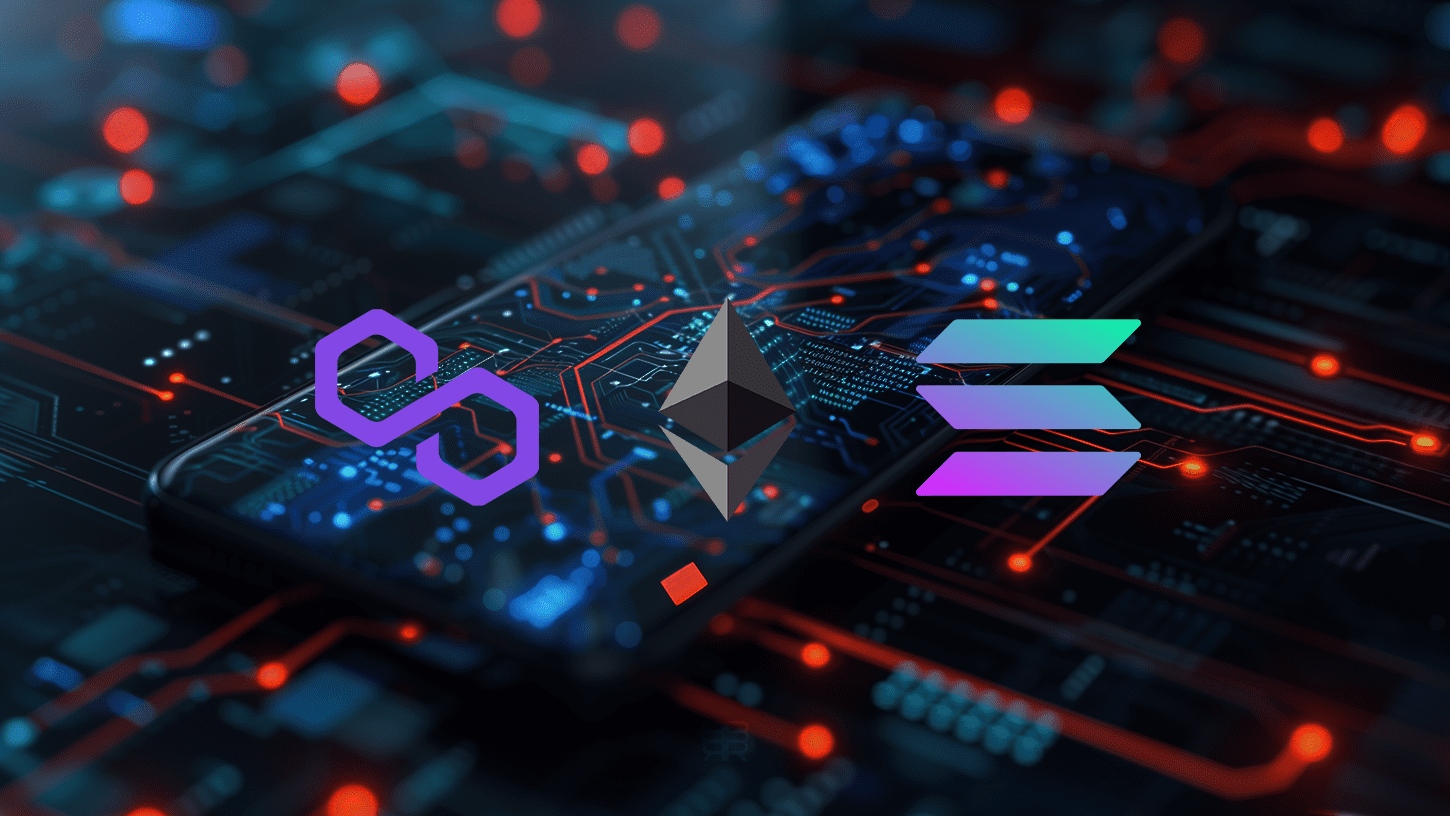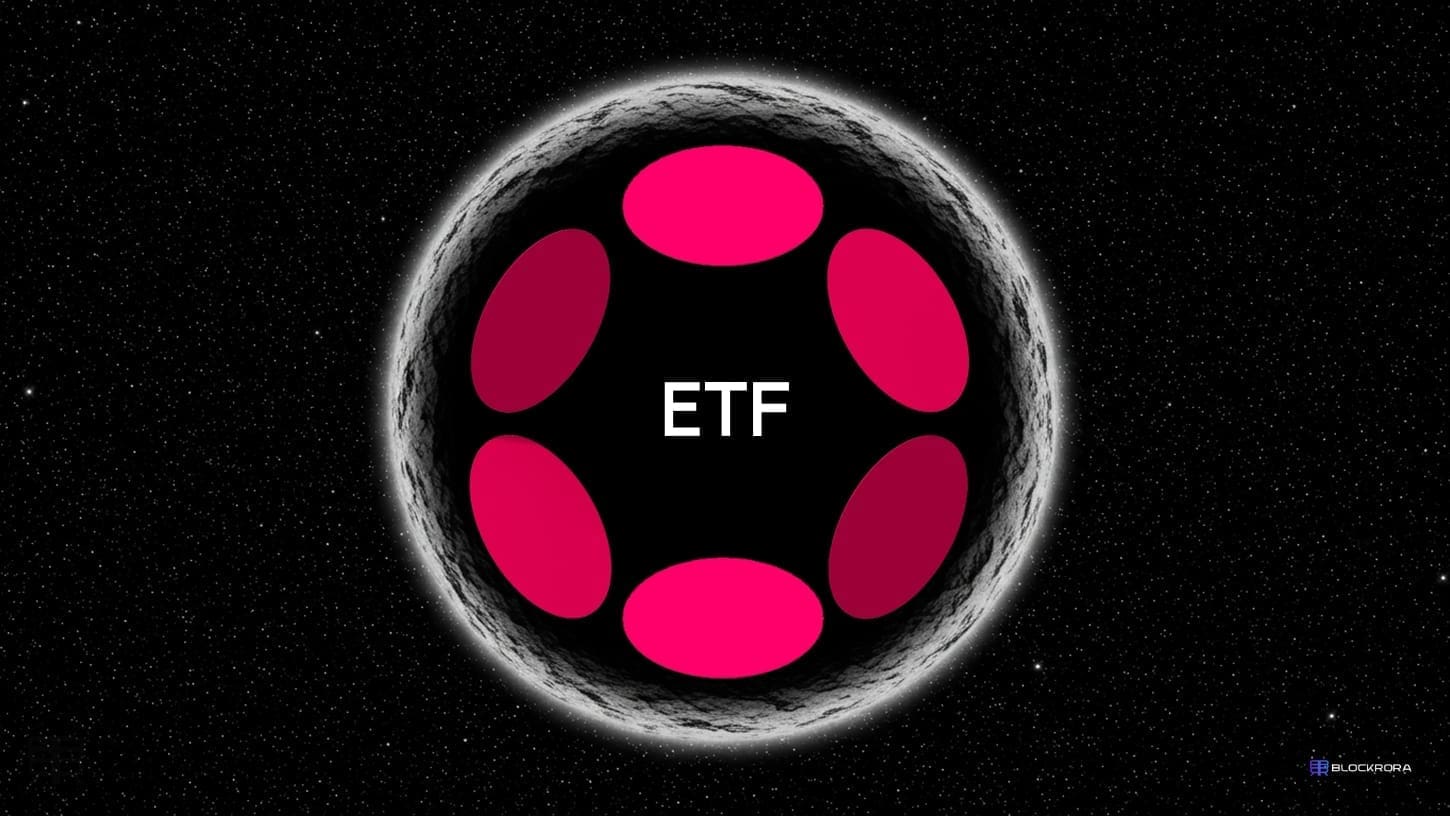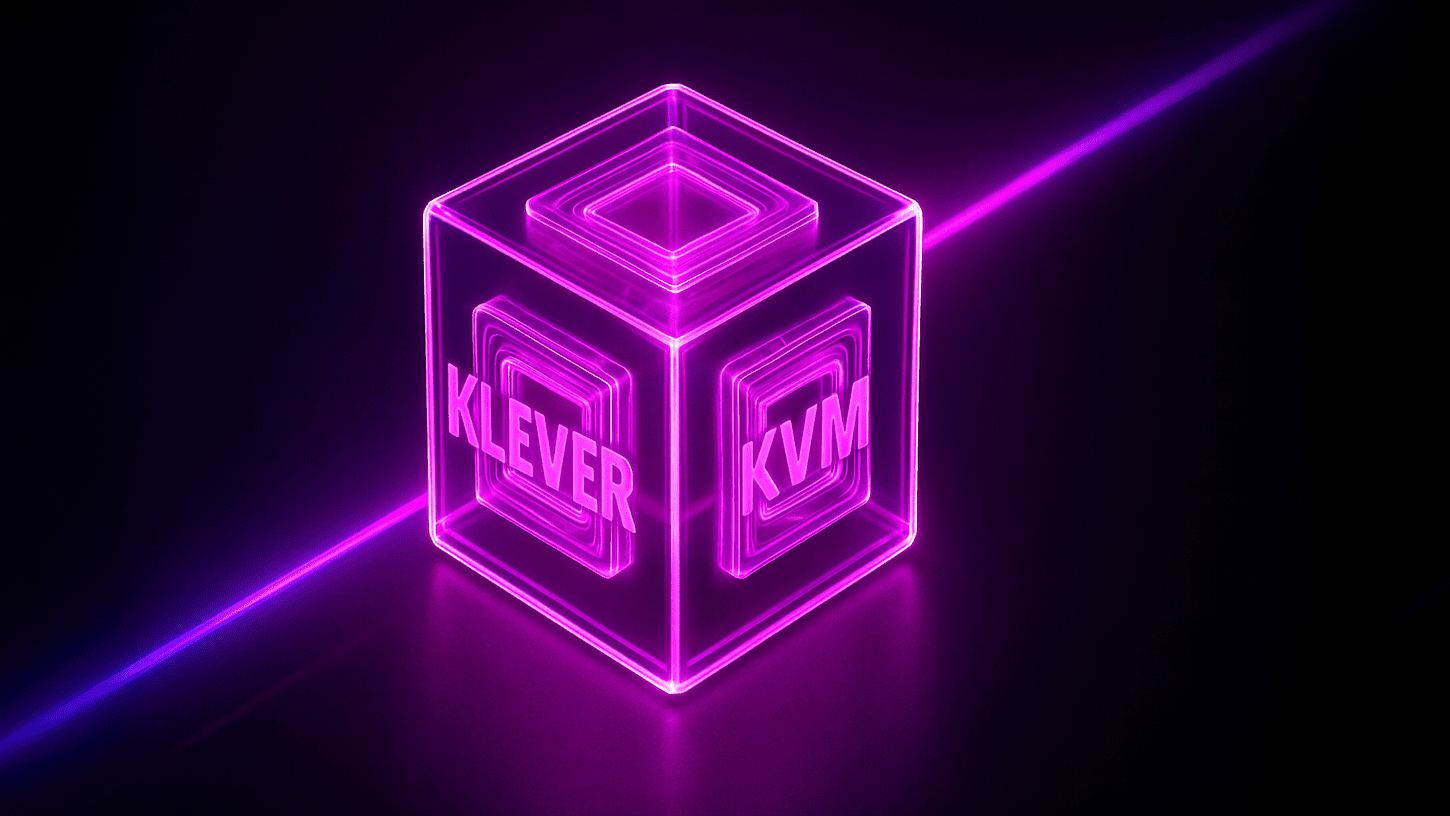TRON’s Tipping Point: Stablecoin Giant, Nasdaq Contender, or Blockchain Contradiction?

TRON isn’t just surviving the crypto market’s choppy waters, it’s attempting to rewrite the very narrative of what a blockchain network can become. Part fintech backbone, part space-age spectacle, part Wall Street experiment, TRON’s evolving strategy reveals both the promise and paradox of crypto’s mainstream ambitions.
From anchoring the largest share of USDT in circulation to quietly preparing for institutional entry via a Nasdaq listing, TRON’s current arc is less of a linear climb and more of a complex orbit, one that raises pressing questions about decentralization, legitimacy, and what it means to scale a blockchain protocol in 2025.
The Network That Won Stablecoins
While much of the crypto world chases narratives, modular chains, zk-rollups, Ethereum ETF approvals, TRON has cemented itself in a more pragmatic lane: high-speed, low-cost settlement.
By the numbers, the network is staggering. As of July 2025, TRON processes over $20 billion in USDT transfers daily, outpacing Ethereum’s $16 billion. It hosts over $81 billion in USDT, representing more than half of the global supply. And with near-zero gas fees, a 2,000+ TPS throughput, and over 14 billion transactions since 2024, it’s no wonder TRX has posted a 133% year-over-year price gain.
These aren’t hype metrics. They’re infrastructure stats. In a world where remittances, especially in emerging markets, still rely on clunky intermediaries and predatory fees, TRON’s positioning as a frictionless settlement layer deserves credit.
But utility alone doesn’t equate to resilience, especially in a market where dominance can be fleeting, and innovation outpaces adoption.
Nasdaq or Not: The Institutional Turn
TRON Inc.’s reverse merger with SRM Entertainment, a $100 million maneuver that lands it on Nasdaq’s boards, signals a calculated pivot into the traditional financial ecosystem. By naming TRX as a treasury asset, TRON Inc. is pulling a page from MicroStrategy’s Bitcoin playbook, betting that institutional visibility will translate into investor trust and long-term legitimacy.
CEO Rich Miller’s bold claim that TRON Inc. could join the Nasdaq 100 by 2028 is both audacious and loaded. It positions TRON as a blockchain that isn’t just content operating outside of the system, it wants to reshape it from within.
Yet this move invites regulatory heat and existential critique. Can a blockchain protocol steeped in decentralization ideals operate harmoniously under SEC oversight and shareholder scrutiny? Will TRON’s code remain as open as its ambition?
And perhaps most critically: What happens when the very foundations of decentralization clash with quarterly earnings reports?
Justin Sun in Orbit: A Personal Brand Goes Interstellar
As if TRON’s Earth-bound aspirations weren’t ambitious enough, founder Justin Sun is preparing to board Blue Origin’s New Shepard for a commercial spaceflight. Symbolic? Absolutely. Strategic? Possibly.
Sun’s $28 million ticket, donated to STEAM education via Club for the Future, cements his status as not just a crypto pioneer but a tech personality with Elon-esque aspirations. His claim that this trip marks “a new chapter in human exploration” intertwines blockchain rhetoric with the mythology of frontier innovation.
But in an ecosystem still grappling with scalability, decentralization, and regulation, some observers might ask: Is this spectacle aligned with TRON’s mission, or a costly distraction?
More pointedly, does a solo spaceflight evoke a decentralized ethos or does it reflect a growing culture of crypto-celebrity centralization?
Between Upgrades and Uncertainty
On the technical side, TRON continues to iterate. A Mainnet 4.8.0 upgrade promises deeper Ethereum compatibility and faster consensus. Its upcoming TronScope Pro analytics tool, geared for Q3 release, will cater to the DeFi data crowd with real-time alerts and cross-chain tracking. And future integrations with platforms like The Graph hint at ambitions far beyond a simple stablecoin rail.
Yet clouds loom. The SEC’s posture on TRX as a potential security remains unresolved. Nigeria’s new ISA 2025 regulatory framework could restrict TRON’s expansion into Africa without clear audits and MoUs. Meanwhile, Ethereum’s ETF tailwinds, Solana’s DeFi resurgence, and even challengers like Remittix (RTX) nibble at TRON’s market share, branding themselves as “TRX 2.0”.
Internally, decentralization metrics raise their own concerns. Over 71% of TRX is held by whale wallets. That concentration might project investor confidence, but it also sets the stage for price instability, especially as TRX approaches critical resistance levels ($0.32–$0.34).
The Verdict: Innovation or Identity Crisis?
TRON has long occupied a curious space in the crypto ecosystem, respected for its throughput and ignored by Ethereum maximalists, loved in emerging markets and questioned by decentralization purists.
Today, its narrative is splitting in two.
One version of TRON is a utility-first powerhouse, delivering low-fee, high-volume financial infrastructure in regions that need it most.
The other is a high-flying, Nasdaq-flirting, spacefaring brand navigating the dangerous intersection of crypto, regulation, and personal ambition.
In trying to be both, hyper-efficient protocol and publicly traded brand, TRON may either redefine what’s possible for a blockchain, or face the identity crisis that many centralized-decentralized hybrids eventually encounter.
Either way, one thing is certain: TRON isn’t just another altcoin anymore. It’s a litmus test for how far crypto can integrate into the systems it once sought to disrupt and what might be lost or gained in the process.






